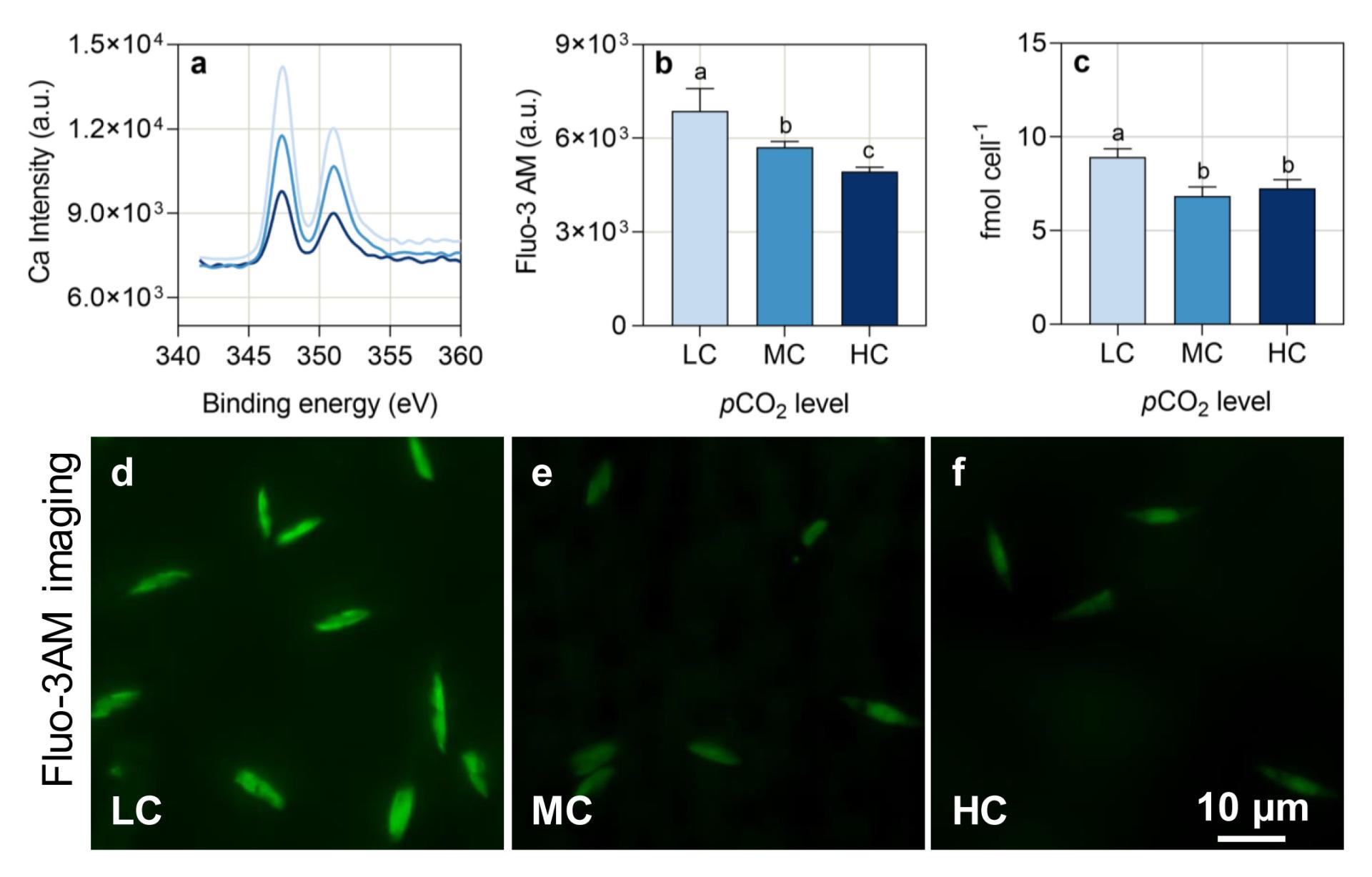Recently,asignificant breakthrough has been achieved byDr. Pan Ke's research group at the Institute for Advanced Study (IAS) of Shenzhen University in studying the impact of ocean acidification on diatoms. The research findings have been published in the prestigious journalLimnology and Oceanography, titled “Effect of Increased CO2on Calcium Homeostasis and Signaling in a Marine Diatom”. The first author of the paper is Zhen Zhang, a PhD student from the SZU-HKUSTJoint PhD Program,while the corresponding authors are Dr. Pan Ke from SZU and Prof. Hongbin Liu from the Department of Ocean Science at HKUST, with SZU as the first affiliation of the study.
Since the advent of the Industrial Revolution, human activities have led to the release of substantial amounts of carbon dioxide, intensifying both the greenhouse effect and alarming issue of global ocean acidification. Previous studies have demonstrated that ocean acidification affects the photosynthesis, respiration, and metabolism of marine diatoms, consequently impacting the turnover of phytoplankton community. Furthermore, elevated concentrations of carbon dioxide in seawater also impede the uptake of essential trace metal elements, such as iron, zinc, copper and cobalt by marine diatoms. However, the effect of ocean acidification on the intracellular calcium ion homeostasis in diatoms has received limited attention. Considering the crucial role of calcium ions as second messengers in signaling processes of living organisms, the team delved into the interference caused by the increasing carbon dioxide in seawater on calcium ion homeostasis and subsequent calcium-dependent signaling processes in the marine diatomPhaeodactylum tricornutum. Although ocean acidification did not exert a significant impact on diatom growth, observations using atomic force microscopy revealed noteworthy alteration in diatom cell wall properties, such as cell morphology, adhesion, and surface potential. Moreover, the accumulation of calcium ions in diatom cells decreased with rising CO2concentrations in the ocean, consequently weakening their responsiveness to calcium ion signaling triggered by external environmental stimuli (Figure 1). This study reveals that continuously rising atmospheric CO2concentrations are progressively altering the immediate responsiveness of diatoms to variations in different environmental factors.
Acknowledgements
This study was supported by The National Natural Science Foundation of China (41976140, 42376152, 42076148, U23A2048).
Link:https://doi.org/10.1002/lno.12578

Figure1. Effects ofpCO2oncalciumaccumulation inthe diatomP. tricornutum. (a)The intensity of calciumpeaksfrom XPS analysis ofP. tricornutum. (b) FITC-Afluorescenceindicates theintracellularCa2+concentration inP. tricornutum. (c) Cellular calcium concentrations measured by ICP-MS.(d-f) Fluorescence images showthe green fluorescence of the probe Fluo-3AMwith elevatedpCO2. LC: 400µatm. MC: 800µatm. HC: 1200µatm. Values are presented as mean ± standard deviation (n = 3). Different letters indicate significant differences between treatments (p< 0.05).


